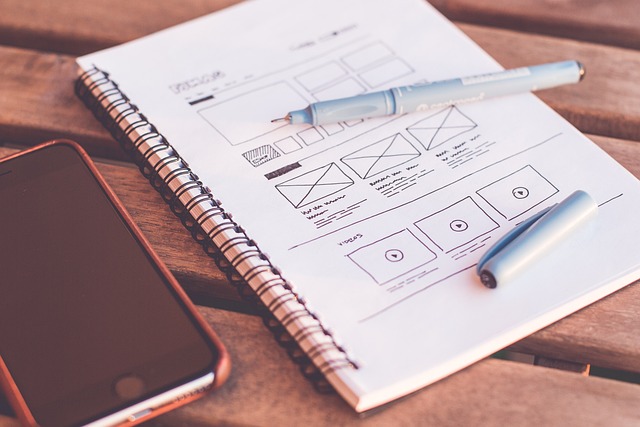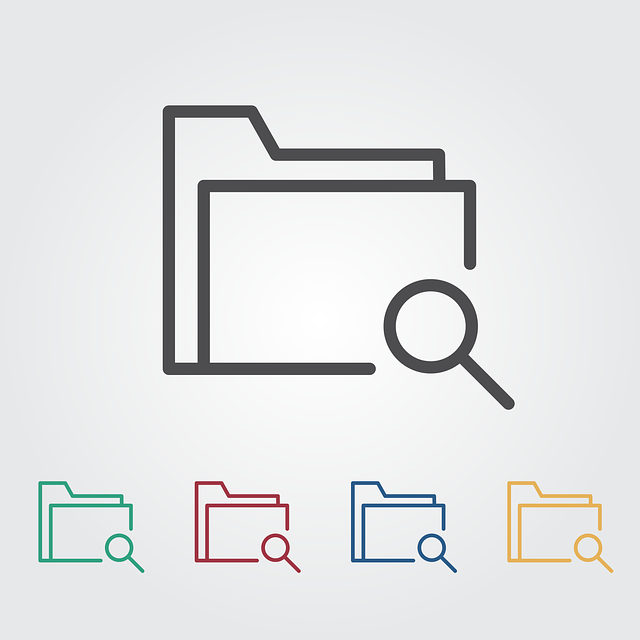Affordable web design is transforming the online landscape by providing high-quality, custom websites at budget-friendly prices for startups, small businesses, and non-profits. This approach leverages modern technologies like AI and no-code platforms to streamline processes, reduce costs, and enhance user experiences. By prioritizing essential features and using pre-designed templates or open-source tools, businesses can create professional online presences without breaking the bank. Future trends suggest further automation and accessibility in web design, leveling the digital playing field for all.
In today’s digital landscape, a strong online presence is vital for small businesses and entrepreneurs. Understanding affordable web design options can demystify creating professional websites without breaking the bank. This article explores the benefits of custom websites, cost-effective strategies, and popular tools to build an engaging online presence. We also delve into case studies showcasing successful launches with limited budgets and look ahead to future trends in inexpensive web development and design. Discover how accessible affordable web design can be your business’s game-changer.
Understanding Affordable Web Design: Demystifying the Concept

Many businesses often think that creating a custom website is an expensive endeavor, but understanding affordable web design can demystify this perception. It refers to the process of designing and developing websites at a cost-effective price point without compromising on quality or functionality. This approach makes high-quality digital presence accessible to startups, small businesses, and even non-profit organizations with limited budgets. By leveraging modern technologies and streamlined development processes, web design agencies can offer tailored solutions that meet specific needs without breaking the bank.
Affordable web design focuses on delivering essential features, a clean user interface, and mobile responsiveness at a fraction of the traditional cost. It involves strategic planning to identify non-negotiable elements and prioritize them accordingly. This means users can still enjoy a professional, visually appealing, and user-friendly website that supports their business goals without incurring excessive expenses.
Benefits of Custom Websites for Small Businesses and Entrepreneurs

Custom websites offer small businesses and entrepreneurs a powerful tool to elevate their online presence, especially with accessible and affordable web design options now available. A bespoke site is tailored to reflect an individual brand’s identity, mission, and unique selling points, providing a more engaging experience for customers compared to generic templates. This level of personalization can significantly boost conversion rates as users are more likely to connect with a website that feels authentic and relevant to them.
Additionally, custom websites offer enhanced functionality, allowing business owners to integrate specific features crucial for their operations. Whether it’s an online booking system, interactive forms, or e-commerce capabilities, these elements can streamline processes, improve user experience, and ultimately drive sales growth. With affordable web design packages, small businesses can now access professional tools that were once exclusive to larger enterprises, leveling the playing field in the digital marketplace.
Cost-Effective Strategies for Building a Professional Online Presence

Creating an online presence that looks professional doesn’t have to break the bank. Affordable web design options are now readily available, enabling businesses and individuals to establish a strong digital footprint. One effective strategy is leveraging user-friendly website builders. These platforms offer pre-designed templates suitable for various industries, allowing users to customize their sites without extensive coding knowledge. By choosing a template that aligns with your brand aesthetic and tailoring it to your needs, you can achieve a polished look at a fraction of the cost.
Additionally, prioritizing essential features is key to maintaining affordability. Focus on implementing core functionalities like clear navigation, compelling content, and responsive design for optimal mobile viewing. Utilizing stock images or open-source graphics can also save costs compared to licensing proprietary photos. Remember, an affordable web design should effectively communicate your message and engage visitors, setting the foundation for a successful online presence without straining your budget.
Popular Options for Creating an Affordable Website: A Comparison

When it comes to creating an affordable website, there are several popular options available that cater to different needs and budgets. One of the most common choices is using website builders like Wix or Squarespace. These platforms offer a drag-and-drop interface, making it easy for non-technical users to build a professional-looking site without coding knowledge. Templates and design elements are readily available, allowing for customization within a user-friendly framework.
Another viable option is opting for content management systems (CMS) like WordPress. With a vast library of themes and plugins, WordPress provides immense flexibility in terms of design and functionality. While there may be some initial setup costs or learning curve, the long-term benefits in terms of control and customization make it a popular choice for those seeking affordable web design that can grow with their business. Additionally, dedicated web design agencies offer competitive packages, ensuring high-quality results without breaking the bank.
Tips to Keep Web Design Expenses Low While Maintaining Quality

When aiming for an affordable web design, it’s essential to strike a balance between cost and quality. One effective strategy is to define your project scope clearly from the start. Prioritize the essential features and functionalities needed for your website, leaving out non-critical elements that could inflate costs. This focused approach ensures you get the most value for your investment without compromising on core requirements.
Additionally, consider using readily available templates or open-source platforms as a cost-saving measure. These options provide a solid foundation, allowing web designers to work more efficiently and reduce custom development time. Regularly updating content management systems (CMS) and keeping plugins up to date is also crucial for security and performance, ensuring your website remains functional and visually appealing without unnecessary expenses.
Case Studies: Successful Launches with Limited Budgets

Many businesses, especially startups and small enterprises, often wonder if creating a high-quality, custom website is within their reach when working with a limited budget. The good news is that affordable web design has come a long way, offering numerous successful case studies that prove it’s possible to launch a stunning and effective online presence without breaking the bank. These stories showcase how strategic choices in design, development, and features can lead to remarkable results.
For instance, consider a retail startup that launched an e-commerce website with a clean, minimalist design, focusing on user experience and fast loading times. By utilizing pre-built themes and templates, they kept costs low while still creating a visually appealing site. Another case involves a non-profit organization that developed an engaging online platform for fundraising and community interaction using open-source tools, demonstrating that affordability doesn’t mean sacrificing functionality or impact. These real-world examples highlight the fact that even with limited resources, businesses can thrive in the digital realm through clever strategies and innovative solutions provided by modern affordable web design services.
Future Trends in Inexpensive Web Development and Design

As technology advances, future trends in inexpensive web design are expected to revolutionize the digital landscape. One prominent trend is the increased adoption of artificial intelligence (AI) and machine learning for automated tasks such as layout optimization, content personalization, and user experience enhancement. This not only reduces development costs but also improves accessibility by providing dynamic, adaptive websites that cater to individual users’ needs.
Additionally, the rise of no-code and low-code platforms will democratize web design, enabling non-technical users to create their own custom websites at minimal expense. These platforms leverage drag-and-drop interfaces and pre-built templates, making it easier for small businesses and entrepreneurs to establish an online presence without requiring expensive developers. This trend fosters a more diverse digital ecosystem where creativity and innovation can flourish without financial barriers.
